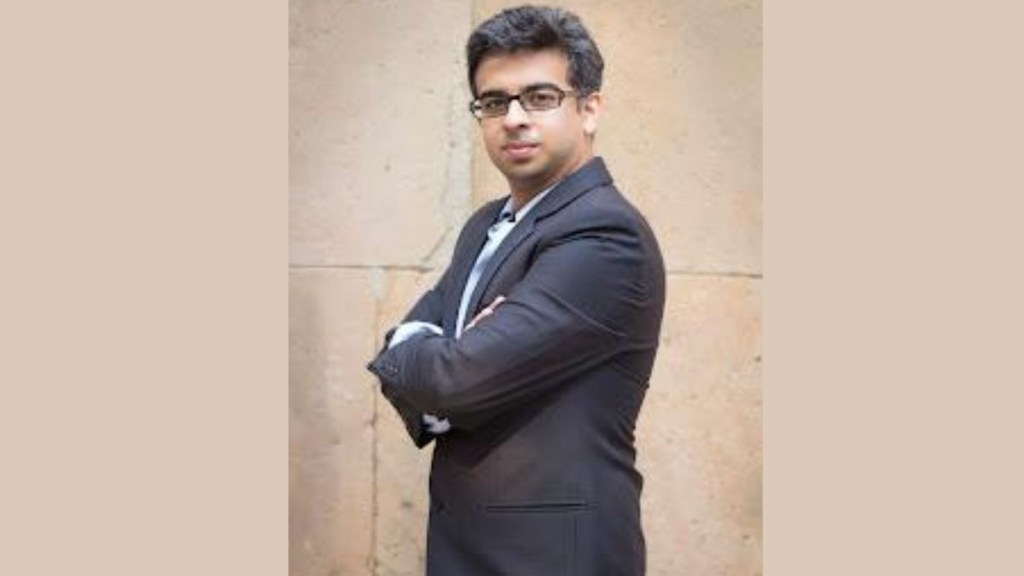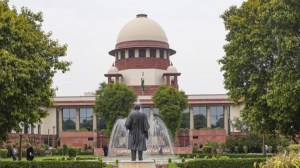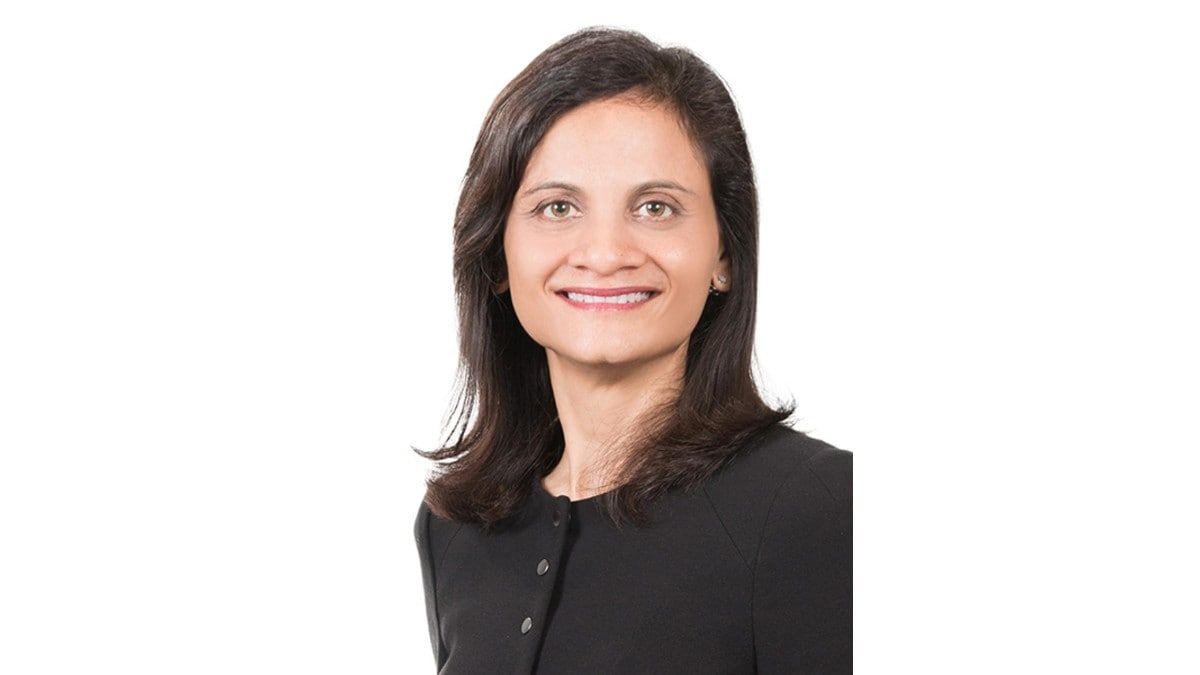Anirudh Asher, founder and managing partner, Atomic Asher LLP, a quick response (QR) safety application, shares his views on how serverless computing is redefining the concept of web services along with the complexities of protecting digital assets and personal data in the digital age with FE TransformX, in this latest piece of the ‘Block-the-Talk’ series. (Edited Excerpts)
What are the three best practices that people today should follow when it comes to blockchain’s usage?
I believe the Telecom Regulatory Authority of India (TRAI) has shown promise by implementing distributed ledger technology (DLT) which is a superset of blockchain, except that the records are private and held by the telecom companies as marketers and message senders are required to register on any one of the DLTs held by the telecom company of their choice. This seems to have allowed for a reduction in spam and scam calls, especially when consumers report them to TRAI.
By enhancing transparency in pharmaceutical supply chains, DLT can ensure drug and food safety and combat counterfeiting and risks caused by low-quality raw materials. This technology can improve the traceability of medical products from manufacturing to delivery, ensuring compliance with health standards and reducing expired and pirated pharmaceutical products in the market. This, if combined with QR code systems, can push our economy forward.
Emphasising on the distribution aspect of DLT is considered critical. Ensuring that organisations act as nodes within the network is believed to be key to the incorruptibility of ledgers. This node distribution can facilitate consensus, protecting the ledgers from manipulation and enhancing the security and reliability of the network. Such a structure can ensure that no single entity can control or alter the ledger, maintaining the decentralised essence of DLT. Ideally, a mix of private and public companies having nodes can help diversify the risk across platforms as well as geographic locations.
How do you think artificial intelligence (AI) is doing, in terms of dictating market trends and other scenarios?
I believe AI is transforming markets with its ability to analyse data sets and predict trends, influencing everything from stock markets to consumer preferences. AI seems to be sending ripples across Indian companies, and will likely continue as more tasks are autonomously carried out and submitted to human managers. If used ethically, AI is capable of making a world of a difference in society, such as in reuniting families in India through facial recognition technologies and curtailing human trafficking. This use case would be advantageous if used by law enforcement. AI’s ability to adapt and learn from data can offer insights into market dynamics, enabling businesses to stay ahead in competitive landscapes. I expect its influence and significance to grow, particularly for our nation.
What are the important business cases that have found their way into cloud computing? Going forward, what else can one expect from the technology?
Server Side Rendering (SSR) for web technologies, coupled with the global deployment capabilities of serverless architectures, is considered a significant invention. SSR technology can transform the web browsing experience by rendering web pages on cloud servers rather than on the user’s device. This approach can not only enhance the performance and scalability of web applications but can also ensure a user experience irrespective of geographic location.
Additionally, the rise of serverless computing is believed to be revolutionising the way we deploy and manage web services. By abstracting the server layer, serverless technologies can allow for rapid, scalable, and cost-efficient application deployment, which can reduce the time-to-market for digital solutions, even allowing for website development to occur.
Looking ahead, I envision the emergence of mist-computing as a transformative trend. This concept involves repurposing computing resources in everyday devices, such as computers and mobile phones, to create a distributed network of mini servers. The potential of mist-computing lies in its ability to harness computing power, paving the way for sustainable and decentralised computing solutions. This could be a game-changer in how we approach data processing and cloud computing in the future, as well as reduce the amount of e-waste we generate.
With regards to robotics, IoT, and other technologies, what are the ethical considerations that should be taken into account?
The integration of AI with robotics and the Internet of Things (IoT) is considered to have raised ethical questions, particularly around privacy and the potential for increased surveillance. This integration seems to demand a balance between technological advancements and the protection of individual rights. Ethical frameworks and policies must evolve to address these challenges, ensuring that these technologies are used responsibly. I believe it can be said with certainty that legal frameworks will be forced to be updated or perhaps become redundant, as concepts and definitions of labour and intellectual property evolve in the digital age.
Going forward, what role do you think will the above-mentioned technologies play in ensuring the future of the digital landscape, especially in terms of cybersecurity?
I think that cybersecurity strategies must be agile and AI-driven to combat threats such as deepfakes, financial frauds, and identity thefts across the nation. We have seen new vectors of cybersecurity threats such as phishing, squishing (using QR codes), and smishing (sms phishing), but not many methods have arisen to combat these threats. Protecting digital assets and personal information has reportedly become complex in the digital age, requiring a blend of technological innovations and user awareness, especially in a digitising India. The risk seems to remain pertinent for the elderly and those with limited digital know-how. While we as a nation are considerably gearing up to create computational resources for building our own homegrown GPT-like technologies, we should also fill the gaps with available systems coming out of other countries.









